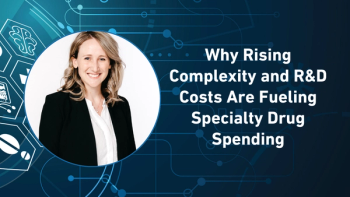
In the second part of her Pharma Commerce video interview Megan Wetzel, VP, product, access & affordability at CoverMyMeds, describes how high development costs, personalized treatment models, and an aging population are intensifying the imbalance.

In the second part of her Pharma Commerce video interview Megan Wetzel, VP, product, access & affordability at CoverMyMeds, describes how high development costs, personalized treatment models, and an aging population are intensifying the imbalance.

Administrative hurdles and emotional isolation are driving therapy abandonment and worsening outcomes—Megan Wetzel of CoverMyMeds and Jen Butler of Pleio say the solution lies in combining streamlined access with stronger human connection.
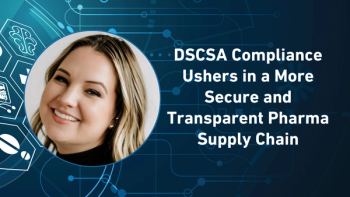
Kala Shankle, JD, HDA’s vice president of regulatory affairs, shares that as DSCSA traceability requirements take full effect, distributors and trading partners are preparing for long-term gains in supply chain security, recall efficiency, and counterfeit prevention.
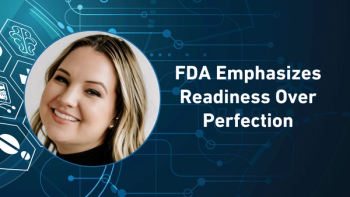
Kala Shankle, JD, HDA’s vice president of regulatory affairs, describes how FDA officials are signaling a balanced enforcement approach when it comes to DSCSA enforcement, expecting compliance efforts and documentation, but also recognizing that perfection will take time.
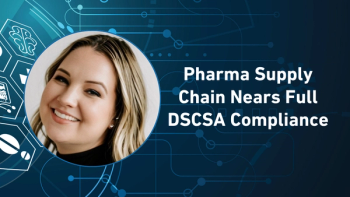
Kala Shankle, JD, HDA’s vice president of regulatory affairs, details that after a year of steady progress, manufacturers and distributors report over 97% data accuracy under DSCSA traceability requirements, marking a major milestone in supply chain interoperability and signaling confidence ahead of the November compliance deadline.
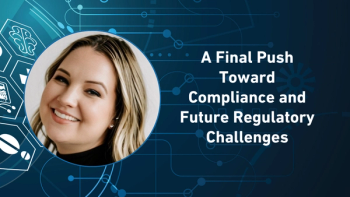
Kala Shankle, JD, HDA’s vice president of regulatory affairs, describes how at this year’s seminar, attendees emphasized pragmatic approaches to achieving full compliance while anticipating upcoming FDA rules that could reshape wholesale and 3PL licensure standards across the pharma supply chain.
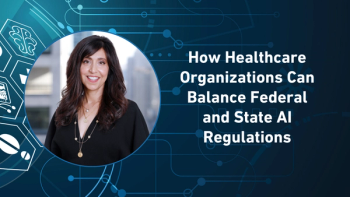
In the third part of her Pharma Commerce video interview, Linda Malek, JD, partner at Crowell & Moring, explains how healthcare organizations can harmonize both approaches by prioritizing fairness, transparency, and adaptable systems.

In the second part of her Pharma Commerce video interview, Linda Malek, JD, partner at Crowell & Moring, notes that by bringing regulators and innovators together, regulatory sandboxes could help US healthcare organizations test and refine AI tools responsibly, which allows oversight agencies to keep pace with rapid technological change.

In a video interview with Pharma Commerce, Mark Lee, Marqvision’s founder and CEO, and Sean O’Hearen, founder and principal consultant at 1st Line Partners, warn that counterfeiters are rapidly leveraging AI to create fake websites, social profiles, and manipulated product content—outpacing traditional protections and highlighting widespread underreporting of falsified medicines.

Krenar Komoni, founder and CEO of Tive, predicts that AI-driven automation and its accelerating impact on pharmaceutical supply chains will remain a headline topic at LogiPharma USA, as the industry faces growing pressure to innovate while balancing strict regulatory requirements.
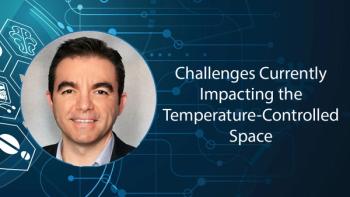
Krenar Komoni, founder and CEO of Tive, highlights the transition in pharma from passive to real-time temperature control, noting delays in technology adoption but emphasizing how AI and automation will soon drive cost savings, improved quality, and stronger customer experience.
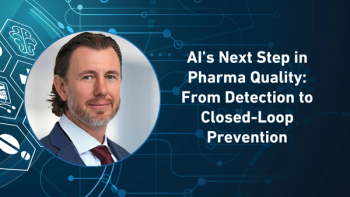
In the final part of his Pharma Commerce video interview, Shawn Opatka, VP and GM, Honeywell Life Sciences, explains that as pharma quality systems evolve, AI is shifting from reactive problem-solving to proactive, closed-loop risk prevention, enhancing operator insight, decision-making, and continuous process improvement.
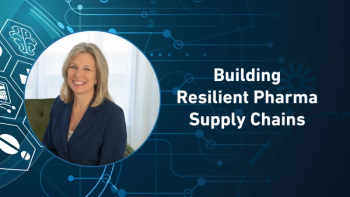
Ammie McAsey, SVP of Supply Chain Operations, McKesson, explains the critical role of real-time visibility, digital tools, and cold chain innovation in ensuring product quality, reducing disruptions, and strengthening patient care.
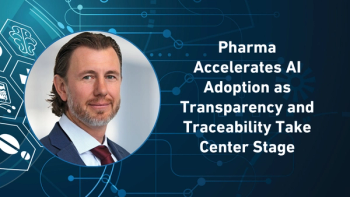
In the second part of his Pharma Commerce video interview, Shawn Opatka, VP and GM, Honeywell Life Sciences, notes that nearly all pharma organizations are experimenting with AI to address labor shortages, data challenges, and regulatory demands, but full-scale adoption remains on the horizon as companies balance innovation with compliance.
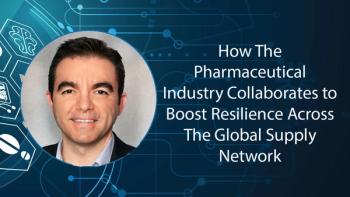
Krenar Komoni, founder and CEO of Tive, explains how the pharmaceutical industry’s transition from passive to real-time temperature control creates short-term challenges but will ultimately enable AI-driven automation, lower costs, higher quality, and better customer experiences.
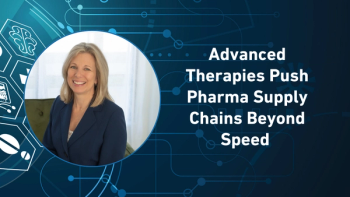
As precision medicine reshapes drug distribution, Ammie McAsey, SVP of Supply Chain Operations, McKesson, highlights the need for deeper investments in technology, temperature control, and end-to-end visibility to ensure quality and patient safety in advanced therapy supply chains.

In a video interview with Pharma Commerce, Kirsten Newquist, Identiv’s CEO, and Mark Sawicki, PhD, Cryoport Systems’ president and CEO, explain how embedded product intelligence—paired with cautious, strategic adoption of AI—is redefining pharmaceutical cold chain reliability and supply-chain decision-making.

As AI adoption accelerates across life sciences, Shawn Opatka, VP and GM of Honeywell Life Sciences, and Linda Malek, JD, partner at Crowell & Moring, discuss how regulatory expectations and federal initiatives—like the White House AI Action Plan—are shaping the technology’s future role in pharma quality, traceability, and healthcare systems.
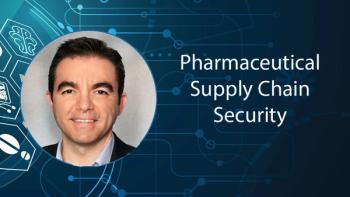
In a recent panel discussion, Krenar Komoni, founder and CEO of Tive, highlighted how combating rising supply chain theft requires a multi-layered, technology-driven security strategy.
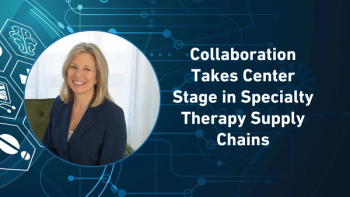
Ammie McAsey, SVP of Supply Chain Operations, McKesson, emphasizes the critical role of collaboration, technology, and partnerships in ensuring advanced and specialty therapies reach patients safely and effectively.
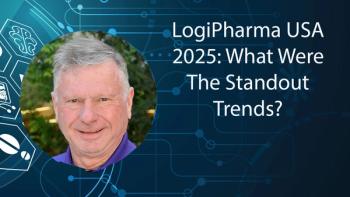
Dave Malenfant, healthcare supply chain expert, outlines the topics that are top of mind at the show.
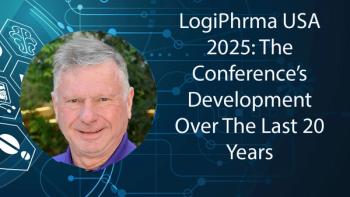
Dave Malenfant, healthcare supply chain expert, reflects on LogiPharma USA’s 20-year evolution, noting its shift toward greater diversity and inclusion, particularly with more women entering the industry.
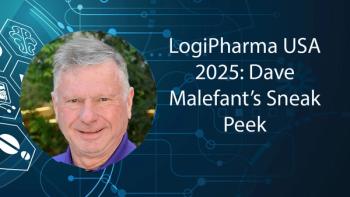
Dave Malenfant, healthcare supply chain expert, shares his excitement about the strong turnout at LogiPharma USA, noting a packed master class and his role as chair of the “people” track—a personal passion.
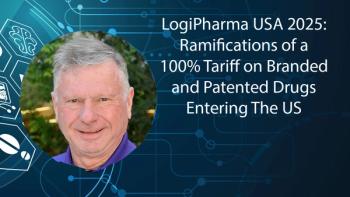
Dave Malenfant, healthcare supply chain expert, discusses the ramifications of a 100% tariff on branded and patented drugs entering the US.

Christy Christian, senior industry principal with Kinaxis, and Hari Kiran Chereddi, CEO of HRV Pharma, explain why AI’s reliability depends on product stability, how human judgment still matters, and how a digital, AI-validated manufacturing backbone is accelerating regulatory reviews, strengthening supplier management, and transforming global production readiness.
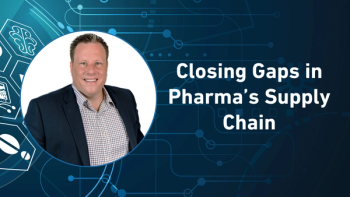
Ullrich Mayeski, community engagement director of health with GS1 US, emphasizes the critical need to address interoperability challenges at the dispenser level, ranging from small independent pharmacies to large hospital systems.
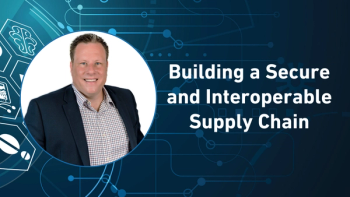
Ullrich Mayeski, community engagement director of health with GS1 US, outlines how manufacturers, distributors, and dispensers can strengthen end-to-end traceability.
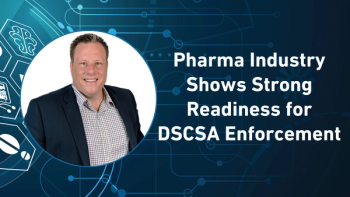
Ullrich Mayeski, community engagement director of health with GS1 US, explains how with over a decade of collaboration, manufacturers and distributors are largely prepared for DSCSA compliance. The remaining challenge lies in ensuring consistent readiness across dispensers, while maintaining open communication throughout the supply chain.
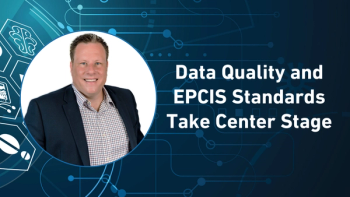
Ullrich Mayeski, community engagement director of health with GS1 US, describes the organization’s EPCIS standard for meeting DSCSA requirements while underscoring that true supply chain success depends on robust data quality practices, clear procedures, and cross-team accountability to ensure patients receive their medications without disruption.

Industry leaders—from manufacturers, distributors, and dispensers—reported increased preparedness for compliance, with discussions shifting toward exception management, governance, and enforcement readiness, note Ullrich Mayeski of GS1 US and Mark Karhoff of Ten Count Consulting.